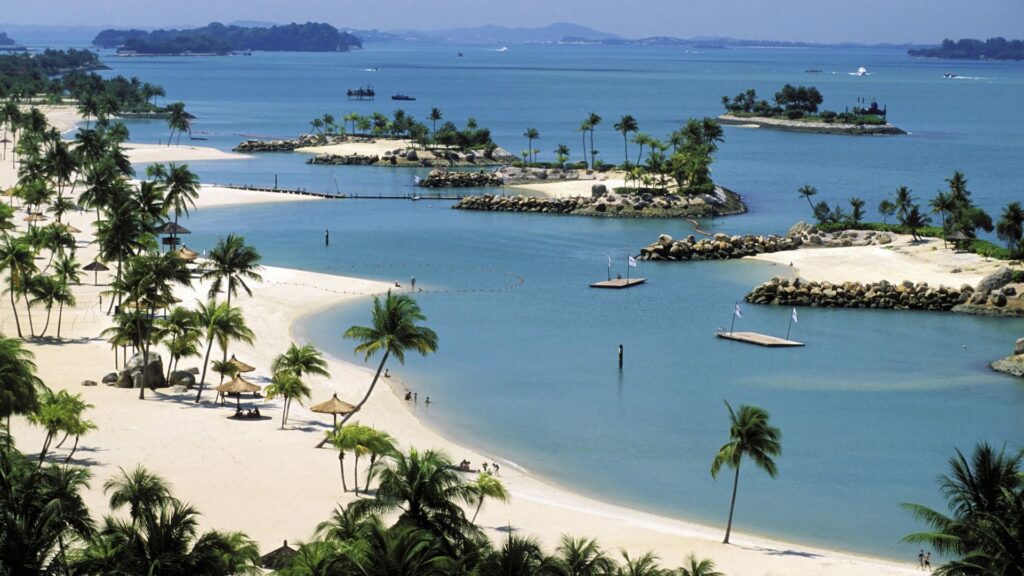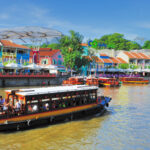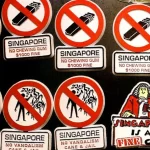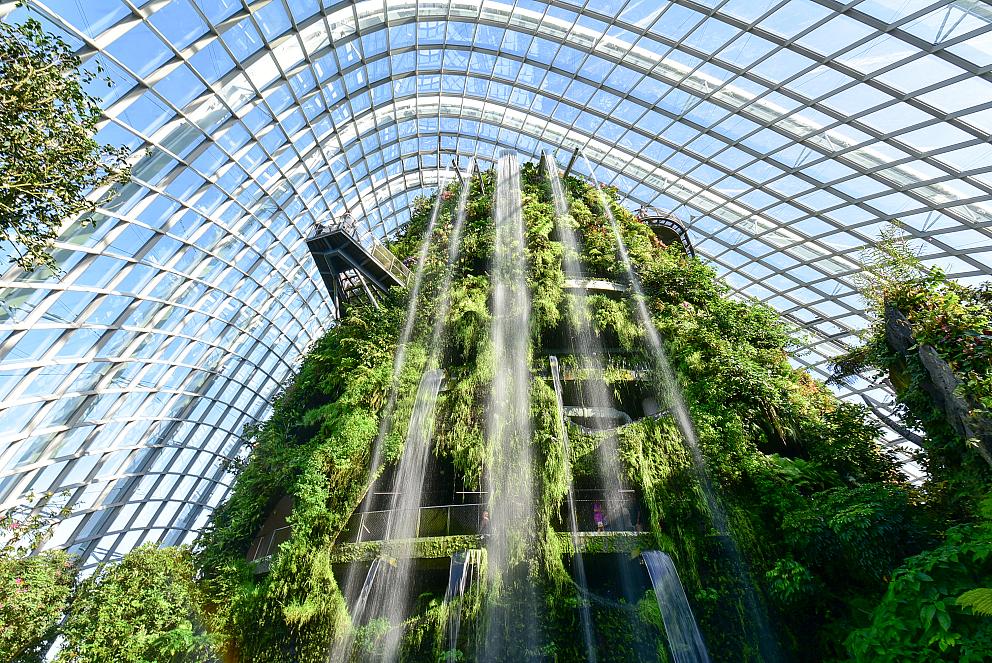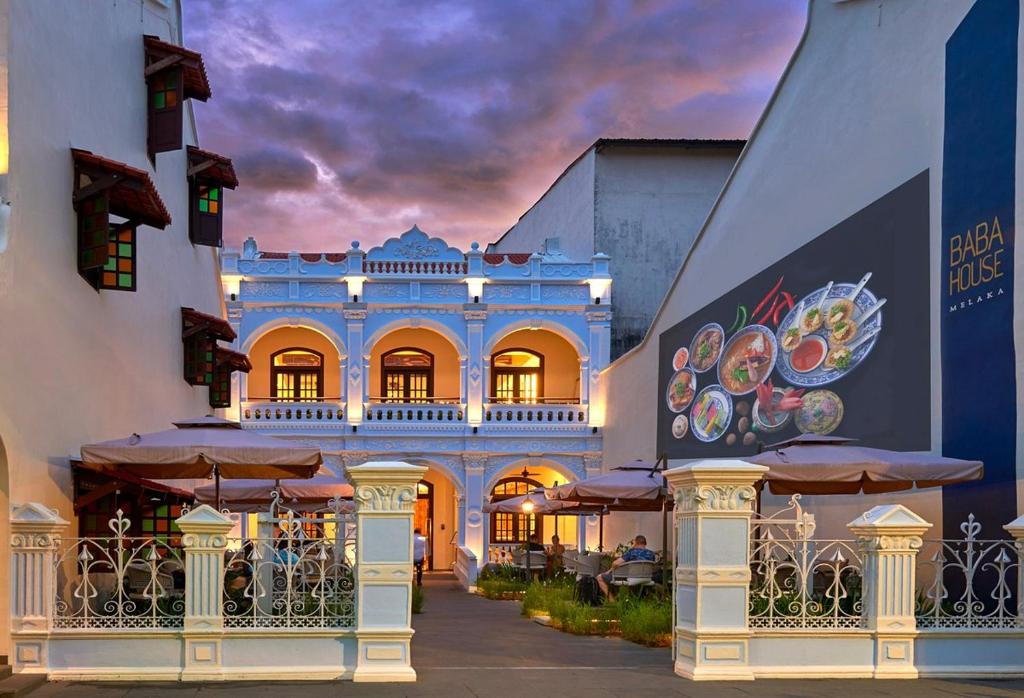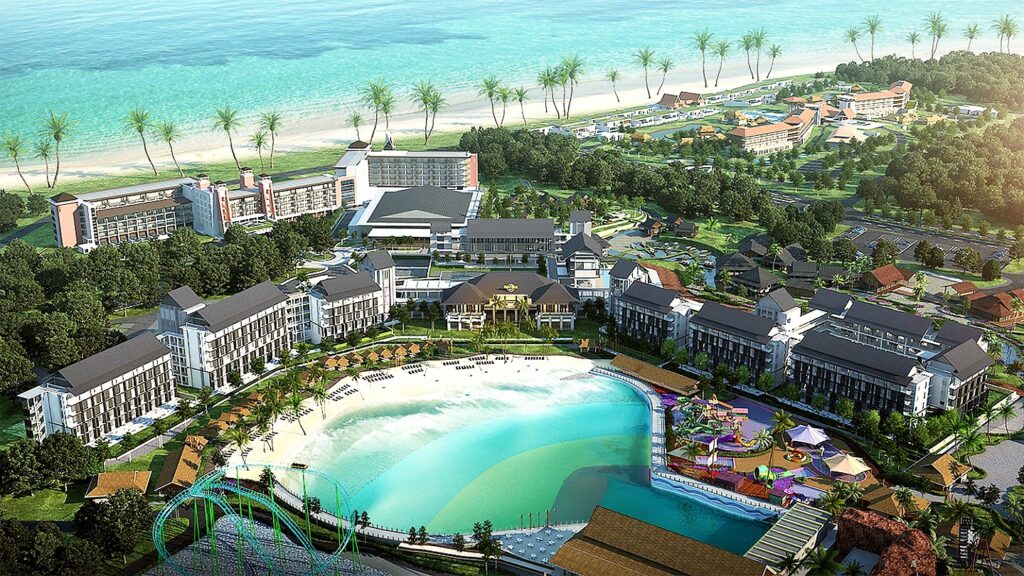Sentosa Island, a name synonymous with fun and relaxation, is one of Singapore’s premier destinations for both locals and tourists. But beyond its current status as a resort island filled with attractions, Sentosa has a rich history that reflects Singapore’s strategic importance and transformative journey. In this blog, we’ll explore the fascinating history of Sentosa Island and its evolution into the entertainment haven it is today.
Early Beginnings: Pulau Blakang Mati
A Humble Fishing Village
Before it became known as Sentosa, the island was called Pulau Blakang Mati, which translates to “Island of Death from Behind.” This ominous name’s origins are unclear, but it is believed to have been a reference to pirate activity in the surrounding waters or the island’s challenging terrain. Despite its name, the island was home to a small Malay fishing village and plantations in the 19th century.
Colonial Era: A Military Stronghold
British Fortifications
In the late 19th century, recognizing the island’s strategic location at the entrance of the Singapore Strait, the British colonial government fortified Pulau Blakang Mati. Several military installations were built, including Fort Siloso, Fort Serapong, and Fort Connaught. These forts were part of Singapore’s coastal defense system, designed to protect the island against potential sea invasions.
World War II
During World War II, the island played a crucial role in the defense of Singapore. However, when Japanese forces invaded in 1942, the island’s defenses fell. Following the British surrender, the Japanese occupied Pulau Blakang Mati and used it as a prisoner-of-war camp. The island’s dark period during the war is a stark contrast to its present-day vibrancy.
Post-War Years: Transformation Begins
From Military to Civilian Use
After World War II, the island remained under military control until the 1960s when Singapore gained independence. With the British military’s withdrawal, the island’s strategic importance diminished. In the late 1960s, the Singapore government began exploring ways to repurpose the island for civilian use.
Renaming and Rebranding
In 1972, the island was officially renamed Sentosa, which means “peace and tranquility” in Malay. This rebranding marked the beginning of its transformation into a recreational destination. The government launched various development projects aimed at turning Sentosa into a resort island, emphasizing its natural beauty and potential as a tourist hotspot.
Sentosa Today: A Premier Resort Destination
Major Attractions
Sentosa is now synonymous with leisure and entertainment. It boasts a wide array of attractions, including:
- Universal Studios Singapore: A world-class theme park offering thrilling rides and shows.
- S.E.A. Aquarium: One of the largest aquariums in the world, home to over 100,000 marine animals.
- Adventure Cove Waterpark: A water park featuring exciting water slides, a lazy river, and snorkeling experiences.
- Sentosa Beaches: Siloso, Palawan, and Tanjong Beaches offer sun, sand, and sea, perfect for relaxation and water sports.
- Fort Siloso: The preserved military fort now serves as a museum, offering historical insights and panoramic views.
Integrated Resorts and Luxury Accommodations
Sentosa is also home to Resorts World Sentosa, an integrated resort that includes luxury hotels, a casino, the Maritime Experiential Museum, and a variety of dining and entertainment options. Additionally, upscale hotels like the Capella Singapore and the W Singapore provide opulent accommodations with stunning views of the island and the sea.
Nature and Wellness
Despite its many man-made attractions, Sentosa retains pockets of natural beauty. The Sentosa Nature Discovery and the Imbiah Lookout offer serene walking trails through lush greenery. For those seeking wellness and relaxation, Sentosa’s spas and wellness centers provide a tranquil retreat from the hustle and bustle of city life.
Events and Festivals
Year-Round Celebrations
Sentosa hosts numerous events and festivals throughout the year, adding to its vibrant atmosphere. From music festivals and beach parties to cultural celebrations and sporting events, there is always something happening on the island.
Sentosa Development Corporation
The Sentosa Development Corporation (SDC), established in 1972, continues to play a pivotal role in the island’s development and promotion. SDC’s efforts have ensured that Sentosa remains a top destination, constantly evolving to meet the needs and expectations of visitors.
Conclusion
Sentosa Island’s journey from a humble fishing village to a military fortress, and finally to a world-class resort destination, mirrors Singapore’s own transformation and growth. Today, Sentosa stands as a testament to innovation and adaptability, offering a diverse range of attractions and experiences that cater to all ages and interests. Whether you’re seeking adventure, relaxation, or a glimpse into history, Sentosa Island promises a memorable and enriching experience.

